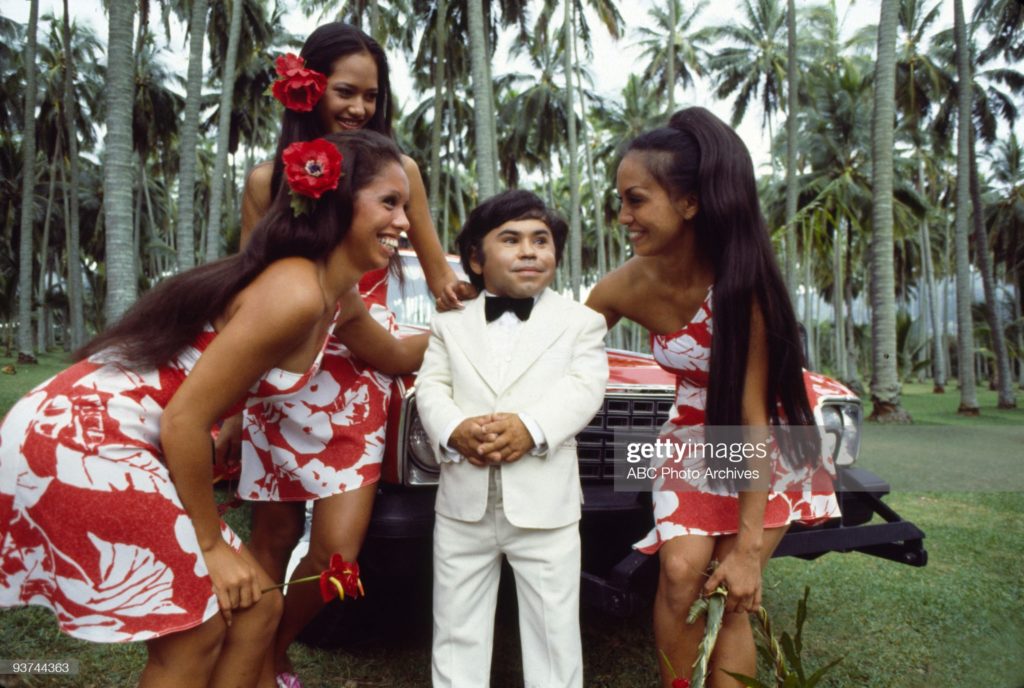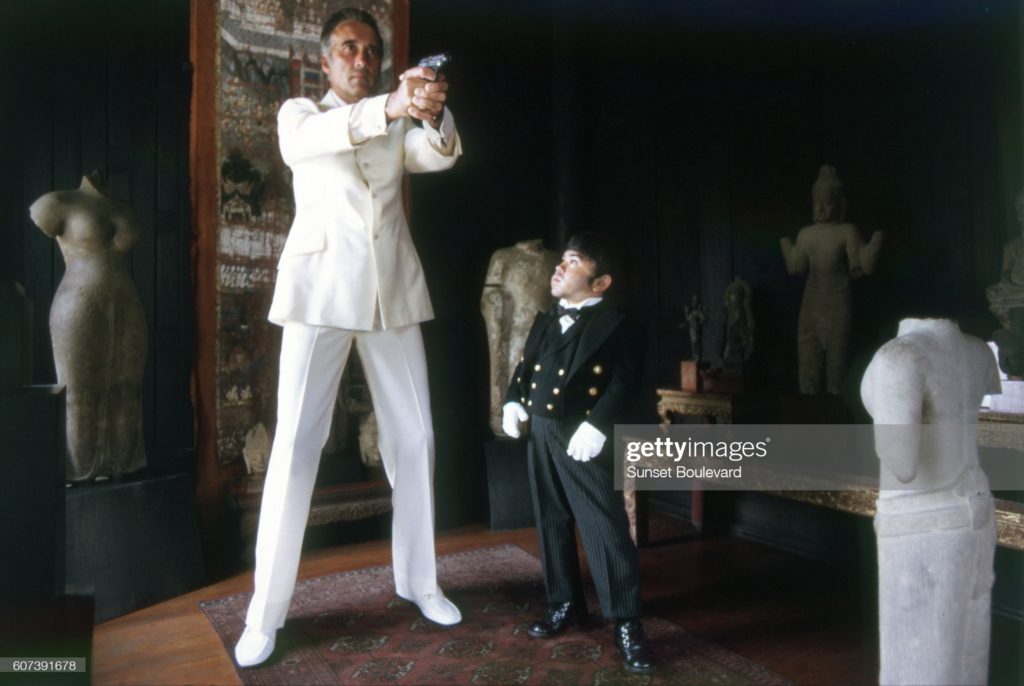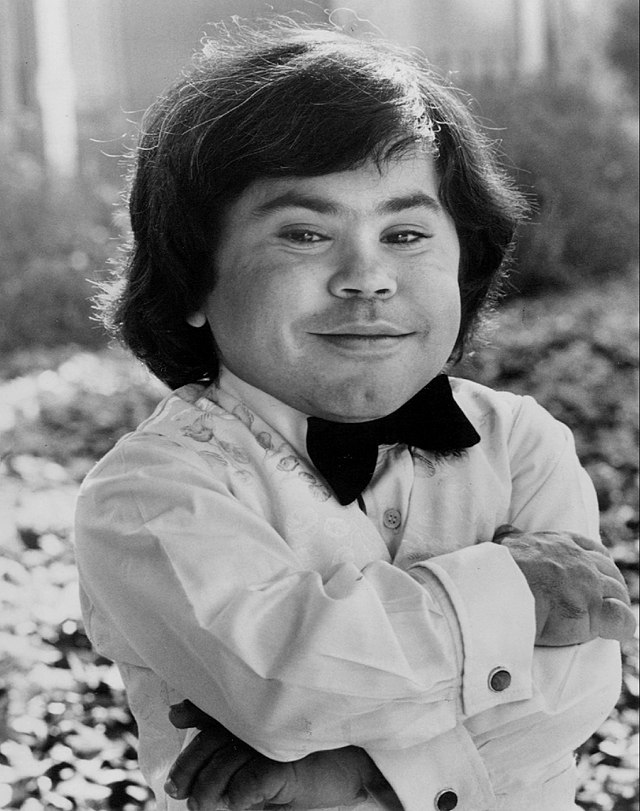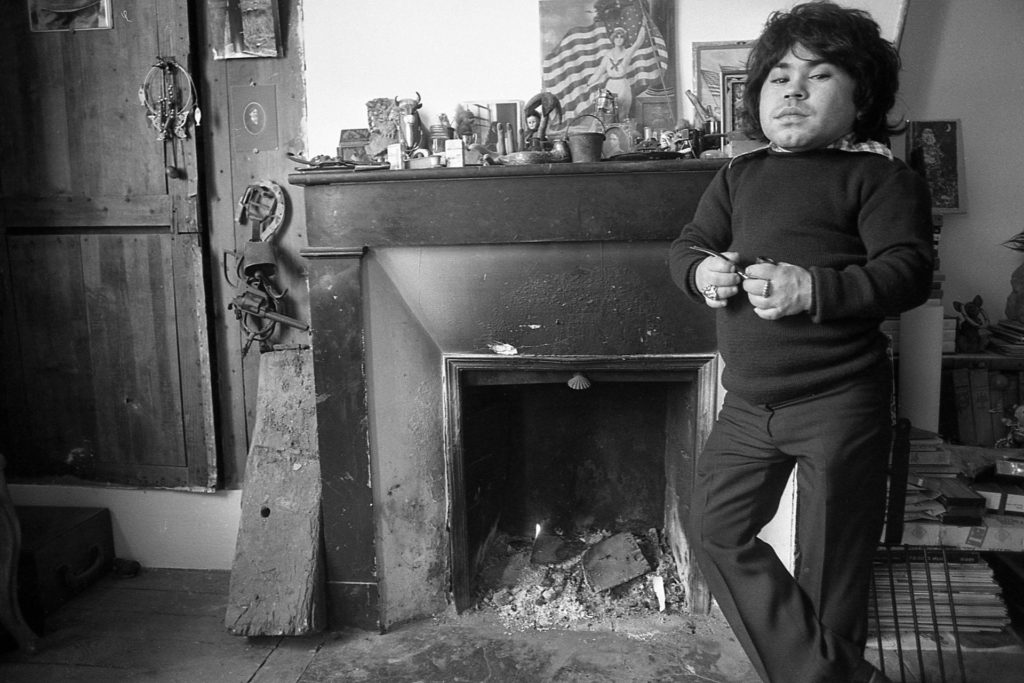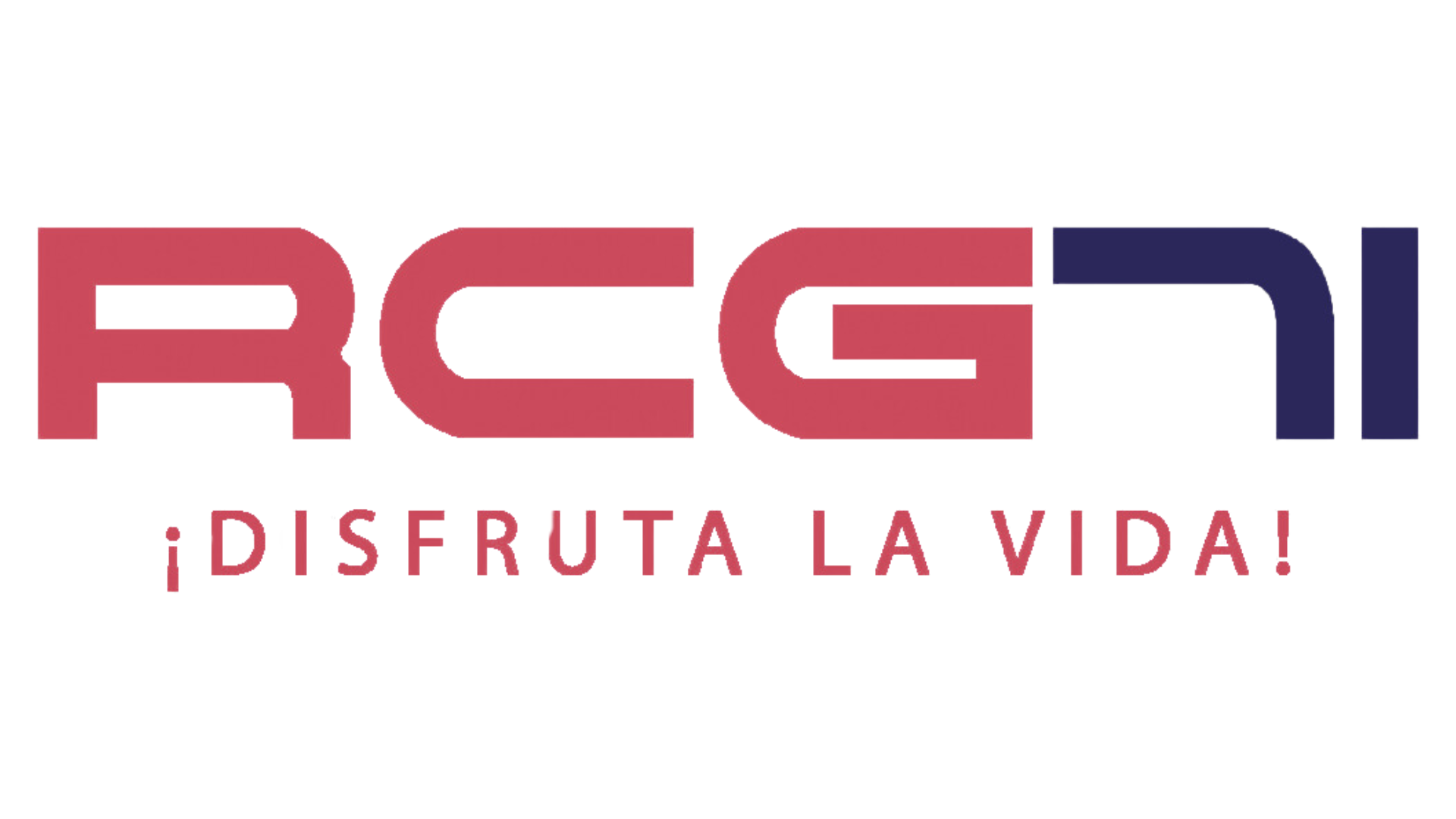Hervé Jean-Pierre Villechaize (Paris, April 23, 1943 – Hollywood, Los Angeles, California, September 4, 1993) was a French actor who suffered from dwarfism. At the age of three, he was diagnosed with acute thyroid problems.
His stepfather, who was a surgeon, tried to perform various surgical treatments on him with unsuccessful results, leaving his final height at 122 cm, for which Villechaize suffered from dwarfism. During his childhood he suffered from child abuse by his schoolmates. He rejected euphemisms and asked to be identified as a «dwarf» rather than a «little person.»
He studied fine arts and at the age of 21 he left France to go to the United States, where he participated as an actor in several productions. His greatest success came with The Man with the Golden Gun (1974), a legendary film from the 007 series, where he played «Nick Nack.» Similarly, he worked on Fantasy Island (1978-1984), where he played the character of Tattoo.
The producers had problems with Villechaize due to improper conduct with his female partners and because Villechaize felt that his presence vitalized the series without being properly compensated, for which he was fired. In Spain he became very popular in 1988 thanks to the imitations of the then president of the government, Felipe González, in Javier Gurruchaga’s program Viaje con nos.
In 1972, he married Anne Sadowski, whom he divorced in 1979. In 1980 he married Donna Camile Hagen, a minor actress who participated in the recording of some episodes of the series, from which he would soon separate in 1982. .
At the age of 50, Herve Villechaize spent the last nights of his life overwhelmed by intense pain that did not allow him to sleep in a horizontal position. Kneeling on a cushion and with his body slumped against the side of a sofa so he could breathe easy, the tiny 122-centimeter-tall actor was trying to fall asleep.
Gone were his days of glory when he was Tattoo, the spirited little man in a white suit and black bow tie from Fantasy Island who announced the arrival of visitors with his mythical cry: «The plane, the plane!» .
Many years after those exclamations that made him famous worldwide, immersed in the darkness of his home in North Hollywood, Los Angeles, the charismatic artist of Parisian origin decided that the last chapter of his own story had arrived. On September 4, 1993, Hervé Villechaize once again aroused the interest of the media and of all the people who had forgotten him. With a shot to the chest, he had ended his life.
Hervé was born in Paris on April 23, 1943, in the midst of World War II. Some biographies indicate that the arrival in the world was in an ambulance, in the middle of a bombardment on the city of light.
At the age of three, his father, who was a surgeon, noticed that something was wrong with the little boy’s growth. After some consultations, the Villechaize couple learned that their son suffered from a kind of dwarfism related to disorders of the thyroid gland.
From then on, Hervé’s father used all his knowledge of medicine and that of his colleagues to change his son’s situation, who underwent countless surgeries and painful and cruel treatments, which never worked. Little Hervé stoically withstood every test. What tormented him the most was not the interventions on his body, but his mother’s rejection of him who, because of her condition, considered him «a monster.»
The world was then a stark place for different children. «At the age of six I knew there was no place for me,» Hervé himself wrote in his last letter before killing himself.
However, despite the difficulties, the adolescent Villechaize began to study art at the Beaux-Arts Institute in Paris, where he would show a talent for painting. He even mounted an exhibition well received by specialized critics when he was barely 18 years old.
But the capital of France continued to be hostile to the artist -he received ridicule and from time to time a beating-, who expected something better for his life. That was how, at the age of 21, he decided to go to the United States in search of new horizons for his art.
At that age, the young Hervé already had a strong personality, a particular magnetism and a vital force that led him to enjoy, sometimes in excess, the pleasures of life. Especially from the female company. His biographies say that, locked in a cheap New York hotel room, he perfected his rudimentary command of English by watching John Wayne and Steve McQueen movies on television.
Ready to conquer the world, and while not abandoning his facet as a painter and also a photographer, Hervé bet on a future as an actor. He first landed a few supporting roles in plays and then in the movies, where he landed his first role in the 1966 film Chappaqua.
But his big hit in the cinematographic field occurred in 1974 when he had to play Nick Nack, a particular villain, elegant and in a bowler hat, no less than in the ninth film of the James Bond saga: The Man with the Golden Gun. .
There, Villechaize shared the screen with 007 played by Roger Moore, and with the legendary Christopher Lee, who was Mr. Scaramanga -the man with the golden gun of the title-, the film’s main villain. Moore claimed that Hervé was «a sexual maniac with unnatural lust.»
Maybe it’s because of the memorable scene in the film in which Nick Nack confronts the indestructible Bond with bottles – the spy ends up locking the little man in a suitcase and then getting rid of him – or his stately way of standing in front of the camera. Nobody knows, but the thing is that a few years later someone would remember his performance to summon him to a television project that would make history.
«The plane! The plane!»
The year was 1977. The little actor’s career seemed to have stalled, but the opportunity knocked on his door again. Or rather, at his window, because at the time Hervé was called to act in Fantasy Island, he was living inside a car.
Aaron Spelling, the mega-producer of the most successful television series of the ’70s and ’80s, had seen Hervé interact with James Bond and had thought of him for his new project: a weekly program where people arrive by air on a paradisiacal island in the one that fulfills all your fantasies, whatever they may be.
Ricardo Montalbán was the heartthrob who played Mr. Roarke in this series on the American network ABC, and Hervé would be Tattoo, his assistant and one of the show’s great attractions. In the presentation of the series, which undoubtedly remained in the history of universal television, little Tattoo shook the bell of a tower and shouted «The plane! The plane!» with a particular voice and a very recognizable timbre.
Tattoo gave Hervé worldwide fame and undoubtedly took him to the highest point of his career. That little host from the island, with a mischievous smile, high cheekbones, slanted eyes and a bit of a French accent, became a shining television star. And rich. Between 1978 and 1983, he starred in 131 episodes of the series, earning as much as $25,000 per episode.
But two intertwined situations would end Hervé’s golden period as a great animator of the series. The first, his marriage to an actress and model who came to act in an episode of the series, called Camila Haggen. She was the second wife of Hervé, and possibly the woman of his life, but shortly after joining in marriage in 1980, they began to have constant conflicts.
In turn, Hervé felt his role in Fantasy Island was underrewarded and demanded the producers earn the same money as the series’ host-in-chief, Ricardo Montalban. Some biographers consider that the actor’s intransigence in this request had to do with the emotional imbalances caused by the difficulties in his relationship with Camila, which made him feel something like little considered by the world.
The beginning of the end
The point is that, not only was Hervé’s monetary demand not met, but in April 1983 he recorded his last participation in the series. They had kicked him out. But as a subtle form of justice for Tattoo, the series barely lasted another season after his departure. It wasn’t the same without the dapper little helper.
From then on, everything went downhill for Hervé. Camila left him and he gave himself up to a licentious life, of excessive spending on alcohol, parties and women. For him, it was customary to drink two bottles of wine a day. And his constant excesses and scandals pushed him further and further away from the possibilities of approaching a television set. Nobody wanted to count on him for new projects. Tattoo’s luminous star seemed to have died out forever.
Hervé’s health problems also increased over time. And the suffering grew. Along with his growth difficulties, the actor had not fully developed his lungs, but the rest of his organs had the size of those of a person of average height, which caused him intense pain. In addition, he suffered from stomach ulcers and intestinal problems. And terrible crises related to a deep depression.
In his time of fame and opulence, to live with Camila, Hervé bought a huge ranch in the foothills of the San Fernando Valley, in Los Angeles, where he had built the most expensive swimming pool in all of Hollywood. When the divorce and lack of work worsened, the ranch was sold and the actor had to rent a house in North Hollywood.
Hervé lived on performances at night spots or conventions, and some sporadic appearances on some television programs or commercials, such as the one with Dunkin’ donuts, where behind a counter he shouted his famous catchphrase referring to the arrival of the plane. He had unfortunately become a caricature of himself.
In 1988 he appeared surprisingly on Spanish television to play the country’s president at the time, Felipe González. In the skit, in which he was interviewed by actor Javier Gurruchaga disguised as a journalist, the actor spoke his native French translated by subtitles.
And he did not skimp on scandals either. In the year ’85 he had to pay a fine for not having declared the possession of a loaded weapon. A year later, he allegedly kicked and threatened a man who brought him a legal document in a civil dispute with one of his ex-wives and was later sued by his landlord, who he owed about $3,300 in rent. .
The end
In 1992, Hervé was hospitalized with pneumonia that he miraculously overcame. And in September of the following year, he decided to cut his life short. «If you wake up every day and feel horrible, you just give up. He was tired of fighting », he declared after the actor’s suicide, his friend and agent, producer David Brokaw.
That final day, Hervé watched a movie -it is said that The Wizard of Oz- with his third wife, Kathy Self, and when she went to bed he took the opportunity to go out to the patio and record a farewell message. He put two pillows on his chest to muffle the noise of the impact, and fired the trigger. He died hours later, at the local hospital.
To his wife he left all his earthly belongings and the following engraved words: “Kathy, I can’t live like this anymore. I have always been a proud man and I always wanted to make you proud of me. You know you made me feel like a giant and that’s how I want you to remember me.»
Twenty-five years after his death, Villechaize once again took a -virtual- place on the small screen when an HBO movie called My Dinner with Hervé recreated his life. In the film, Game of Thrones’ Tyrion Lannister Peter Dinklage plays Villechaize. There, the real meeting between the small actor and the Irish journalist Sacha Gervasi is narrated, in a bizarre three-night interview that took place just before the suicide.
In the aforementioned biopic, the character of Hervé, a womanizer, excessive, braggart, self-centered, vulnerable, lovable, sentences a phrase that could perhaps be a good summary of his existence: «I only had the fantasy that something or someone would take my pain of living».
